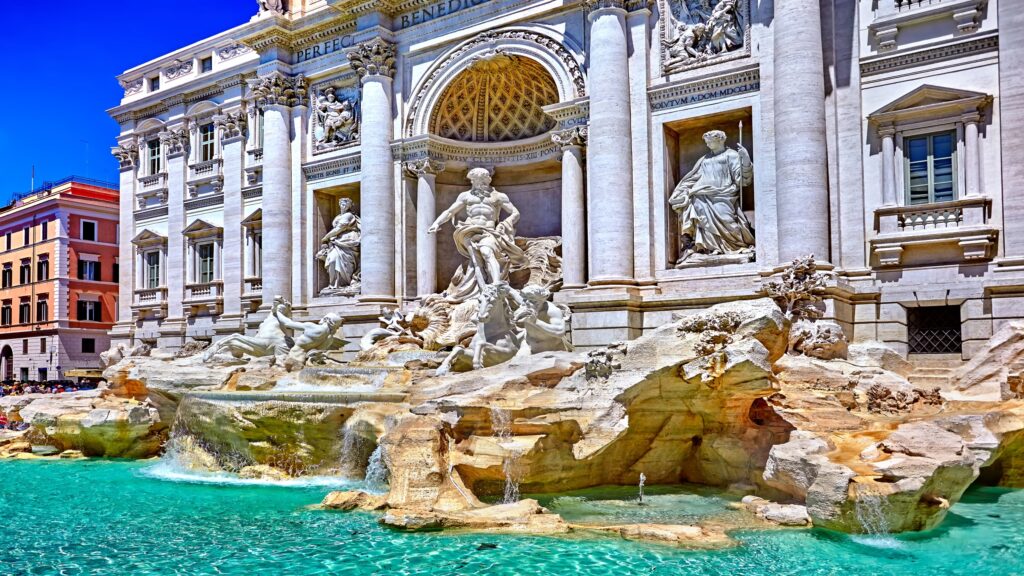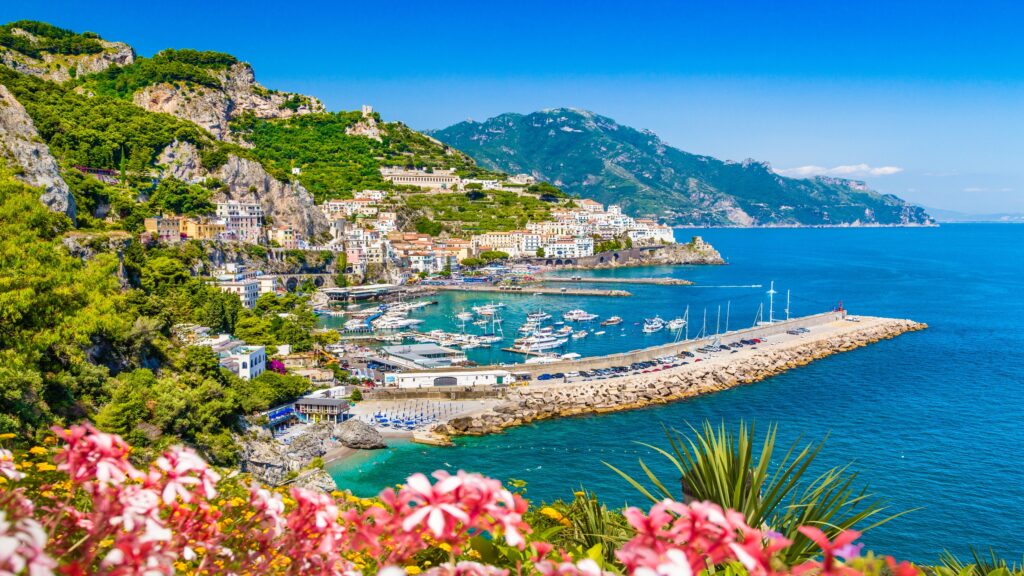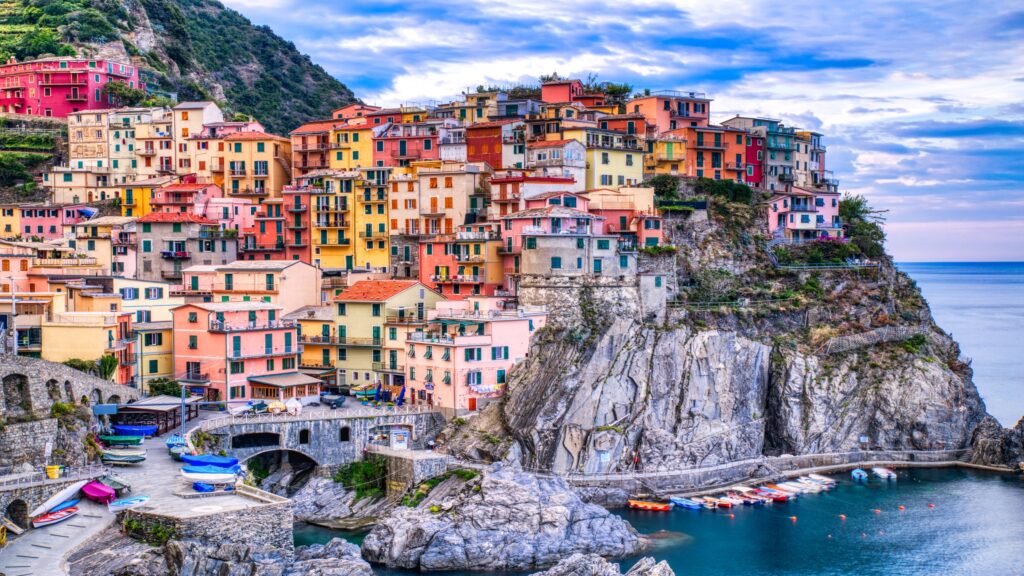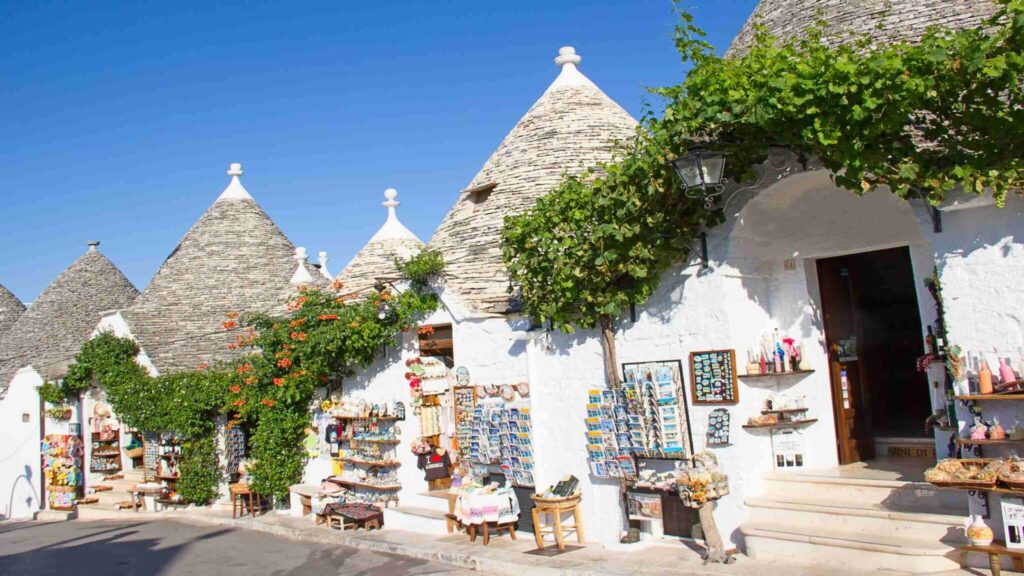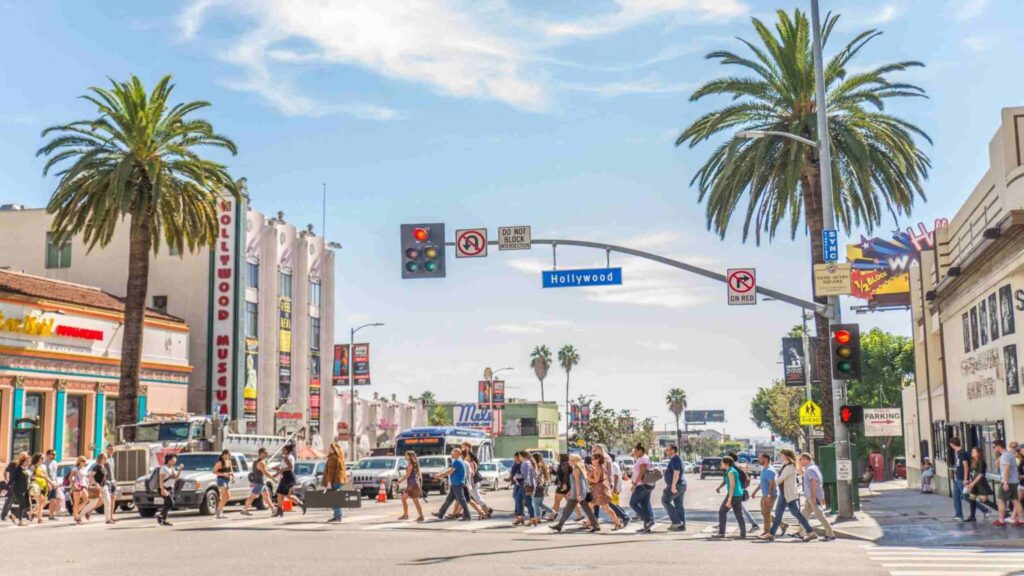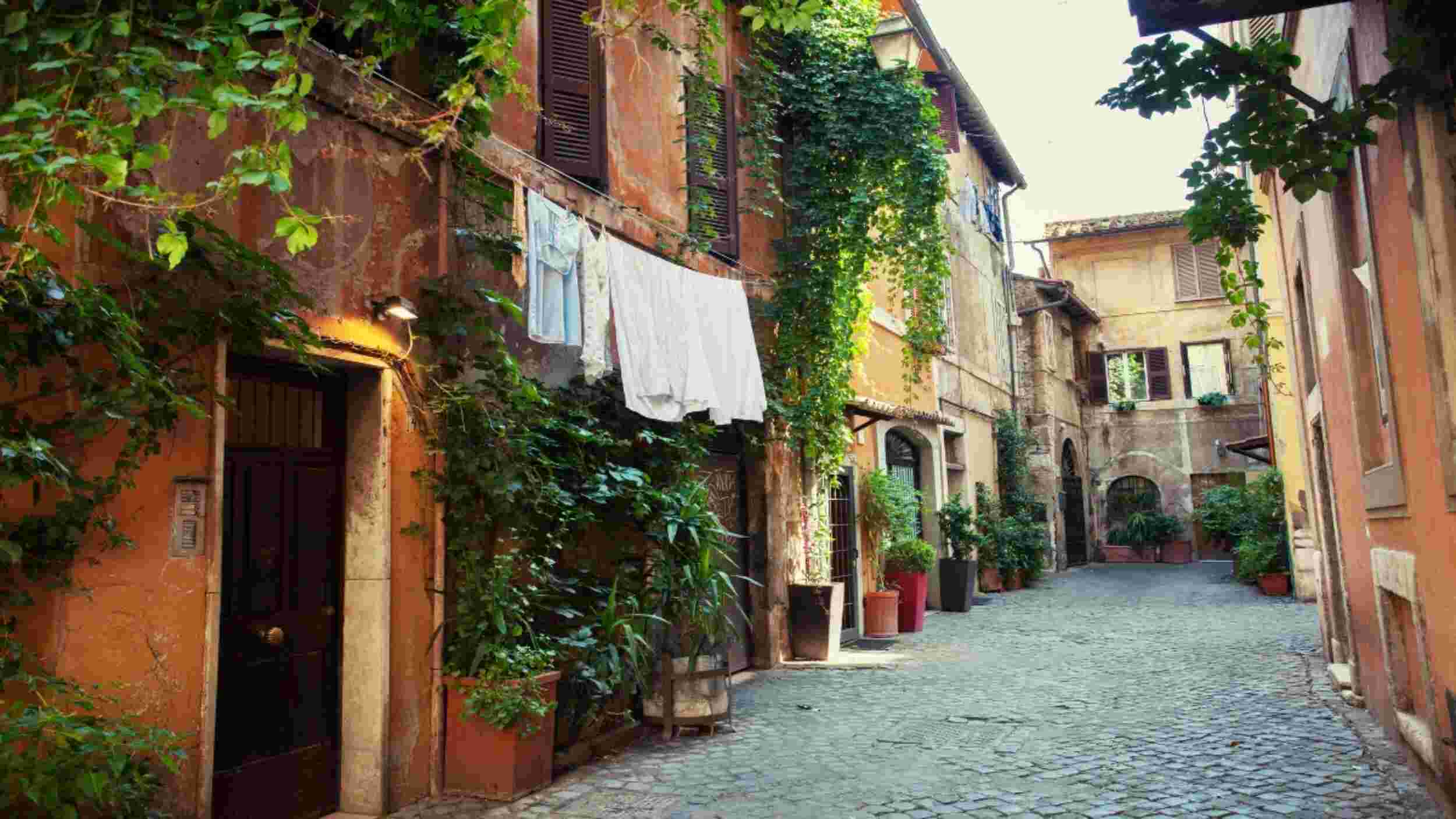
Exploring Rome’s Historic Centre
I still get chills walking Rome’s old streets after seven trips to this amazing city. The magic here mixes old buildings with busy street life that never stops. Meanwhile, tourist spots in Rome Italy give you experiences that feel real and local. These moments create memories I’ll never forget.
My Rome story started five years ago when I got off the train at Termini Station. Since then, each trip shows me new secrets in tiny streets and busy squares. The city rewards people who look beyond the usual guidebook spots with real experiences. Therefore, these adventures capture what makes Rome special.
Every area tells stories through old walls and cozy restaurants where locals chat loudly over dinner. Old ruins sit next to modern life, creating cool contrasts everywhere you look. During my walks, I learned Rome shows its best treasures to people who take their time. Subsequently, slow exploring works best here.
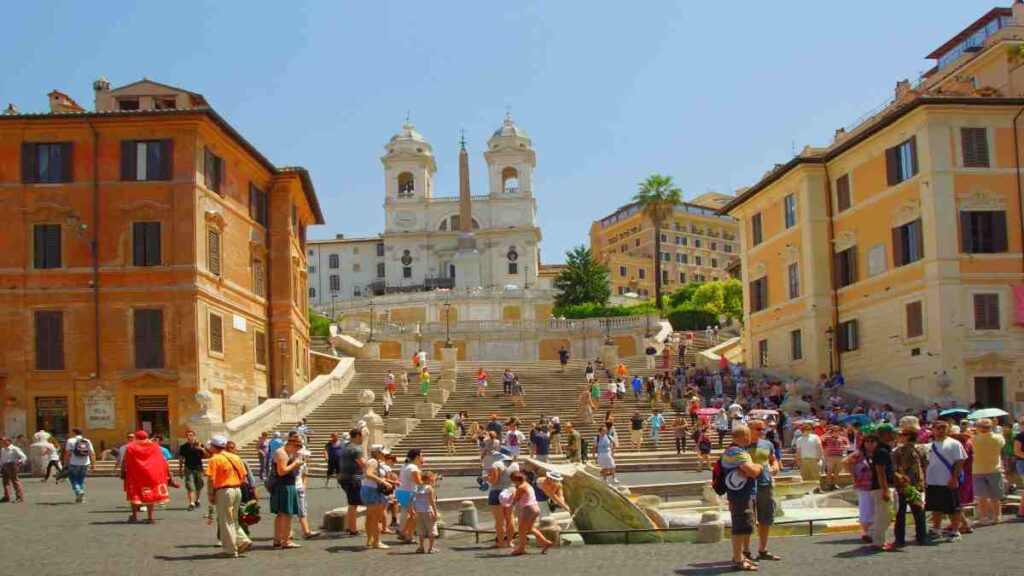
Essential Tourist spots in Rome Italy: Iconic Landmarks
These famous places show what makes Rome so special for people from all over the world. I always get to big attractions early to beat the crowds that come later. Tourist spots in Rome Italy include buildings that have inspired artists and writers for centuries. Meanwhile, creative people still come here looking for ideas.
Buying tickets ahead saved me hours during summer when lines stretched forever in the hot sun. I learned this the hard way on my second trip when crowds were crazy. I waited three hours at the Colosseum without planning ahead first. Now I always book online, which gives me more time to actually see things.
Tourist spots in Rome Italy: Colosseum Glory
Standing under those huge arches took me back to gladiator times when crowds packed this place. The underground chambers revealed the ingenious systems the Romans used to stage their performances. My audio guide explained how machines lifted animals and fighters through hidden doors. Subsequently, these tricks made the shows more exciting for crowds.
Morning visits give you the best feel when golden sun shines through old stone openings. I suggest the 8:30 am slot that lets you explore almost alone. The spooky beauty of empty halls makes perfect photos without people blocking your shots. Therefore, tourist crowds won’t ruin your pictures during these quiet hours.
Roman Forum Adventures
This huge old site stretches between the Palatine Hill and Capitoline Hill, showing off ancient Rome’s power. Walking the Via Sacra feels like stepping back in time where history comes alive. My favorite spot is the Temple of Vesta, where sacred fires burned for hundreds of years. Meanwhile, professional guides make visits way better by explaining what all these broken columns mean.
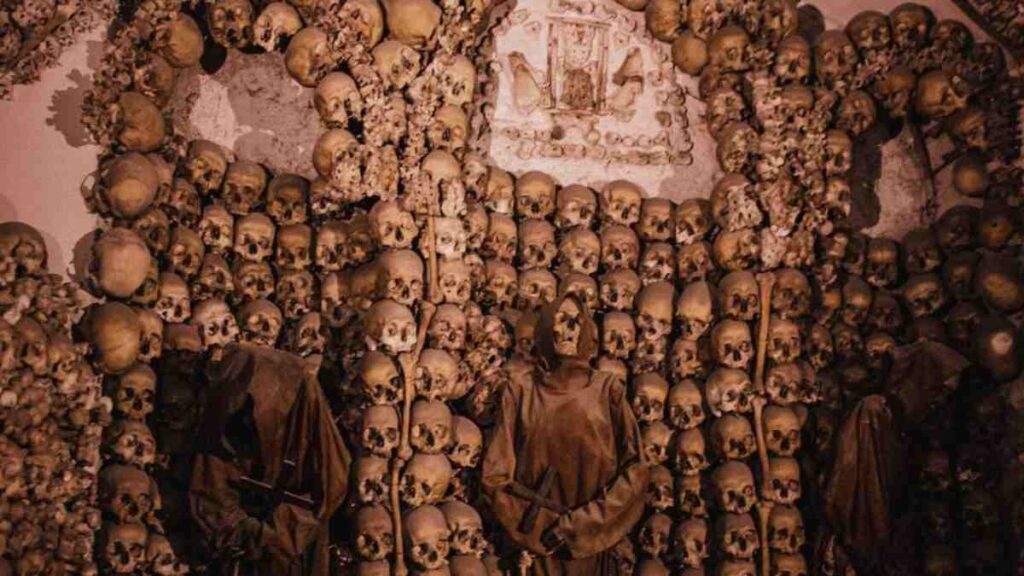
Underground Rome: Hidden Ancient Treasures
Going down into Rome’s underground world showed me amazing history that most tourists never see during regular sightseeing. These hidden rooms and tunnels show different parts of Roman culture that surface places just can’t give you. My underground trips included early Christian burial sites, old water systems, and mysterious temples carved from rock. Meanwhile, the dim lighting in these holy places creates almost magical experiences that stick with you.
Sacred Catacombs Journey
My first catacomb visit scared me at first, but became one of Rome’s most meaningful experiences during my whole Italian trip. The Catacombs of San Callisto extend for miles beneath the Appian Way, forming an extensive underground labyrinth. These old burial rooms hold remains of early Christians and martyrs who faced persecution bravely. Subsequently, holy corridors show primitive paintings and symbols that reveal how faith helped persecuted communities during dangerous times.
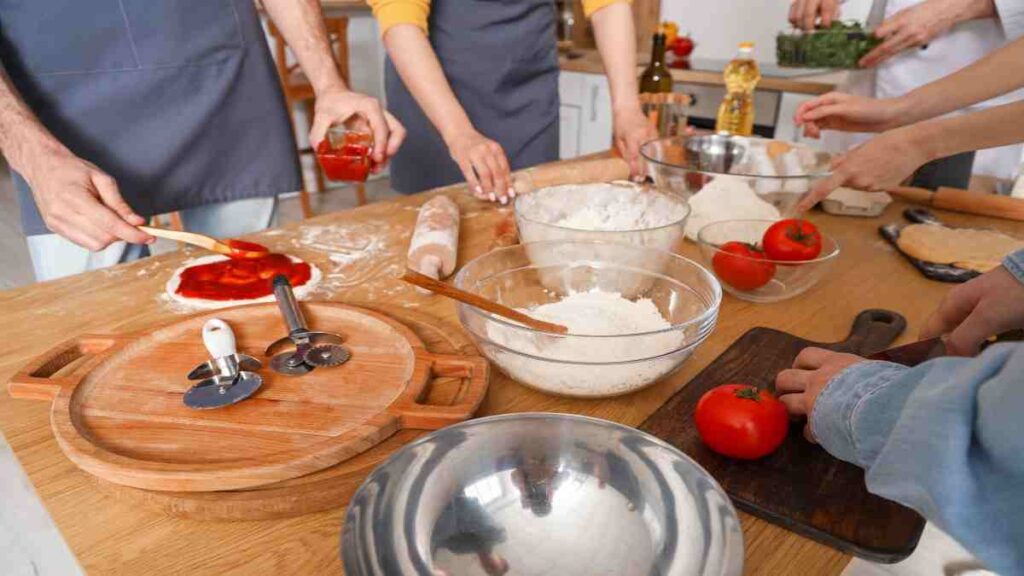
Culinary Tourist spots in Rome Italy: Food Discoveries
Roman food shows one of Italy’s most real cooking traditions, focusing on simple ingredients made with great skill and passion. My food adventures took me through old markets, family restaurants, and cooking schools where knowledge passes between generations. Local chefs shared family recipes freely, revealing secrets that families keep closely guarded. Meanwhile, tourist spots in Rome Italy get extra meaning when experienced through amazing food that connects visitors with cultural history.
Tourist spots in Rome Italy: Authentic Flavours
Traditional Roman dishes include carbonara, amatriciana, and cacio e pepe – pasta dishes needing perfect technique to get right results. My cooking lesson with Chef Marco at his Trastevere school taught me how important precise timing is. Family-run places usually give more real experiences than tourist restaurants near big attractions that focus on quick service. Meanwhile, I found Flavio al Velavevodetto in Testaccio, where the owner personally picks ingredients daily from trusted suppliers.
Local Cooking Classes
Learning traditional techniques from Roman grandmothers during hands-on cooking classes gave me priceless insights into family traditions spanning generations. Nonna Betta showed me that true carbonara requires no cream, despite the common mistake many tourists make with this classic dish. Market visits before cooking sessions teach people about seasonal produce selection and quality checking techniques that professional chefs use daily. Therefore, the hands-on shopping experience showed how ingredient quality directly affects final dish success.
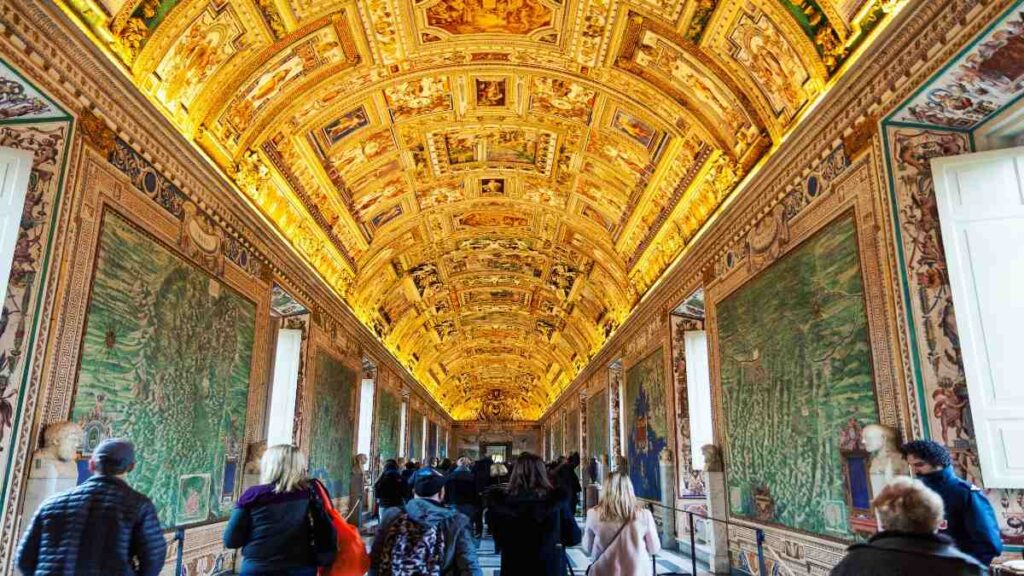
Vatican City: Sacred Tourist spots in Rome Italy
This tiny country houses humanity’s greatest art collection within just 100 acres of perfectly kept gardens and amazing buildings. My three separate visits barely touched the surface of treasures housed within the huge museum complex. Tourist spots in Rome Italy reach their absolute peak at this spiritual center where faith and artistic genius come together magnificently. Meanwhile, booking ahead proves absolutely essential for Vatican visits, especially during busy tourist seasons.
St. Peter’s Basilica Wonders
Entering this holy space overwhelmed me with its massive size and breathtaking artistic details that photos just can’t capture properly. Michelangelo’s Pietà glows with otherworldly beauty when seen in person, showing intricate details impossible to appreciate through copies. Climbing the dome needs considerable physical fitness but rewards visitors with panoramic views across Rome. Therefore, my advice involves wearing comfortable shoes and bringing water for this tough climb that tests endurance limits.
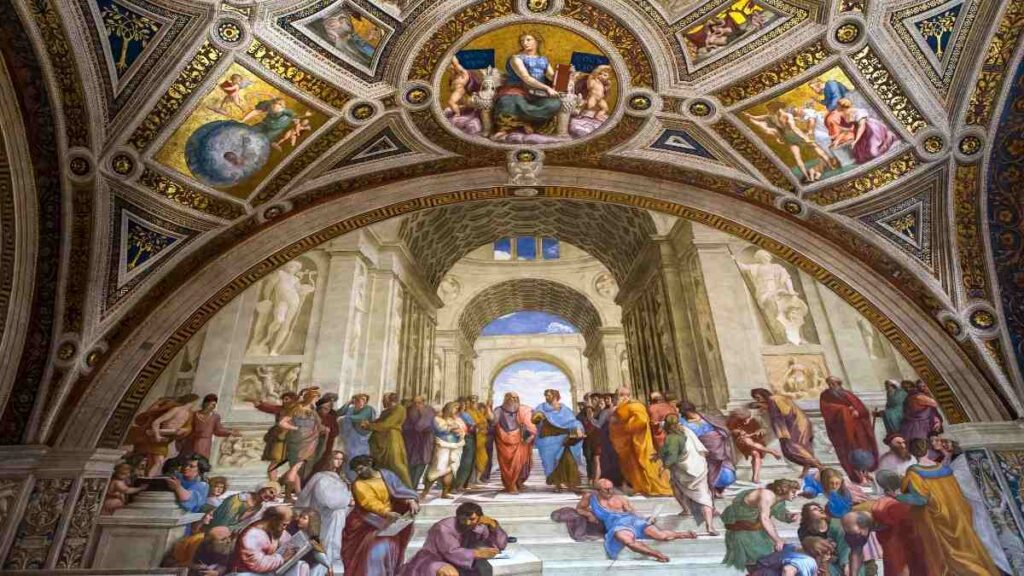
Vatican Museums Must-See
The Sistine Chapel represents the absolute highlight of Vatican Museums, where Michelangelo’s ceiling paintings show unmatched artistic genius that transcends time. Photography restrictions help maintain the chapel’s sacred atmosphere and encourage mindful observation over hurried snapshots. Raphael Rooms show Renaissance artistry at its finest through elaborate paintings that blend religious themes with classical mythology. Meanwhile, audio guides give essential context for understanding intricate allegorical meanings that layers of symbolism contain within each scene.

Piazzas and Fountains: Rome’s Living Rooms
These magnificent public spaces serve as Rome’s social heart where locals and visitors naturally gather throughout the day and evening. Each piazza has distinct personality shaped by surrounding architecture, historical significance, and contemporary cultural activities that define its character. My favorite Roman memories involve lazy afternoons spent people-watching from café tables while observing daily life unfold. Meanwhile, baroque fountains provide spectacular focal points that combine artistic beauty with practical functions that have served communities for centuries.
Tourist spots in Rome Italy: Piazza Magic
Piazza Navona keeps its original stadium shape from ancient Roman times when chariot races entertained massive crowds in this long space. Bernini’s Fountain of the Four Rivers commands attention through dramatic sculptural stories representing major world rivers known during the 17th century. Street artists and musicians perform regularly throughout this elegant square, adding vibrant contemporary culture to historical surroundings. Therefore, the lively atmosphere continues well into evening hours when restaurants extend dining outdoors, creating magical al fresco experiences.
Trevi Fountain Traditions
This baroque masterpiece attracts visitors throughout the day, yet early morning visits provide intimate experiences with Nicola Salvi’s architectural triumph. The coin-tossing tradition promises return visits to Rome, which proved remarkably accurate in my personal experience. The detailed sculptural work depicting Neptune’s chariot pulled by sea horses reveals new artistic details with each careful viewing session. Meanwhile, my favorite photography angle captures the fountain’s reflection in the surrounding pool during blue hour when artificial lighting creates magical lighting effects.
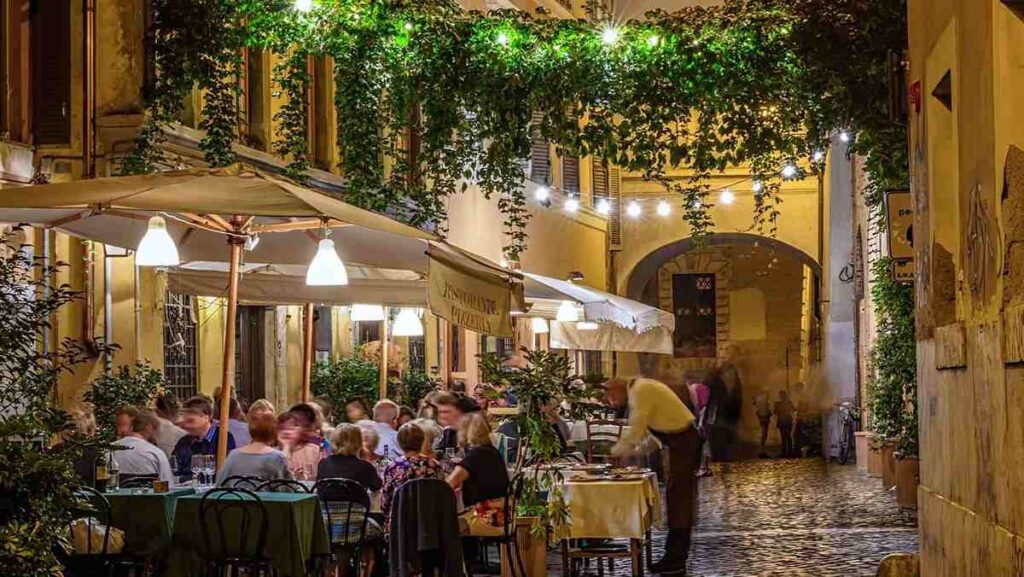
Authentic Neighbourhoods Beyond Tourist Areas
Venturing beyond central tourist zones revealed Rome’s genuine character through residential districts where daily life unfolds without performance for visiting crowds. My extended stays in Trastevere and Monti provided genuine experiences that typical hotel locations simply can’t offer curious travelers. Local markets, neighborhood bars, and family-run shops create numerous opportunities for authentic cultural exchange that enhances travel experiences significantly. Therefore, tourist spots in Rome Italy gain deeper meaning when balanced with time spent observing how Romans actually live and interact.
Trastevere Character
This charming district across the Tiber River keeps bohemian atmosphere through narrow cobblestone streets lined with ivy-covered buildings and flower-filled balconies. My morning cappuccino ritual at Café della Scala connected me with neighborhood regulars who welcomed friendly conversation despite language barriers. Santa Maria in Trastevere houses remarkable 12th-century mosaics that gleam with gold backgrounds depicting religious scenes. Meanwhile, the church provides peaceful refuge from the district’s energetic evening transformation when countless restaurants and bars create vibrant nightlife scenes.
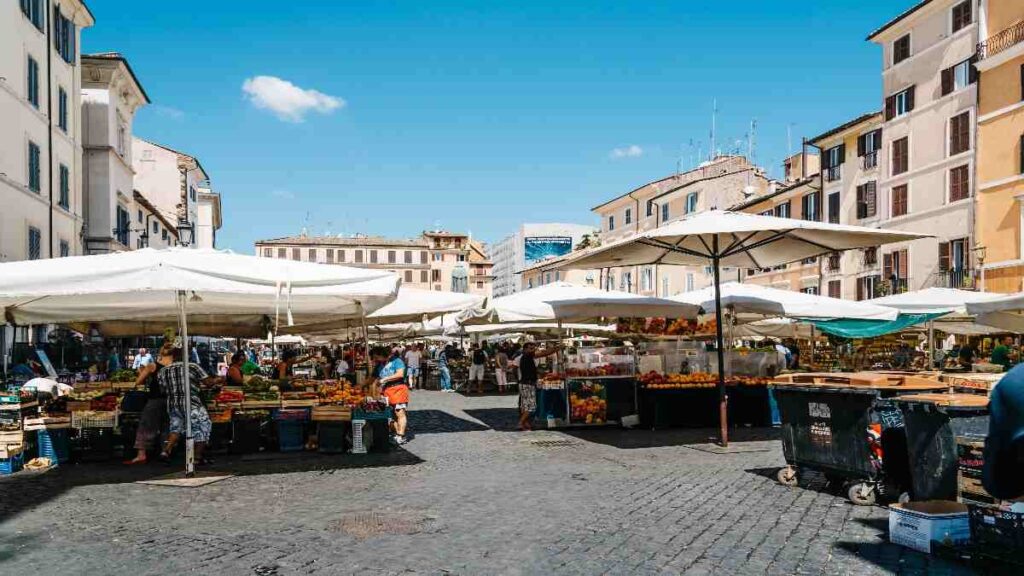
Market Explorations: Tastes of Rome
Traditional food markets offer immersive cultural experiences where local shopping traditions continue much as they have for generations of Roman families. The sensory experience includes vibrant colors, enticing aromas, and animated conversations between vendors and customers who maintain personal relationships. Seasonal produce dominates market displays, creating natural calendars that reflect Italy’s agricultural rhythms and regional specialty timing throughout the year. Therefore, tourist spots in Rome Italy include these vital commercial spaces where food culture intersects meaningfully with social interaction and community building.
Tourist spots in Rome Italy: Fresh Markets
Campo de’ Fiori transforms daily from quiet square to bustling marketplace where vendors arrange colorful produce beneath traditional striped awnings. The historic Forno Campo de’ Fiori produces legendary pizza bianca – flatbread with olive oil and sea salt that becomes essential Roman breakfast. Traditional cheese vendors offer generous samples of aged pecorino and fresh mozzarella that show clear quality differences between mass-produced and artisanal products. Meanwhile, these family-run businesses maintain personal relationships with customers who return regularly for trusted quality and friendly service.
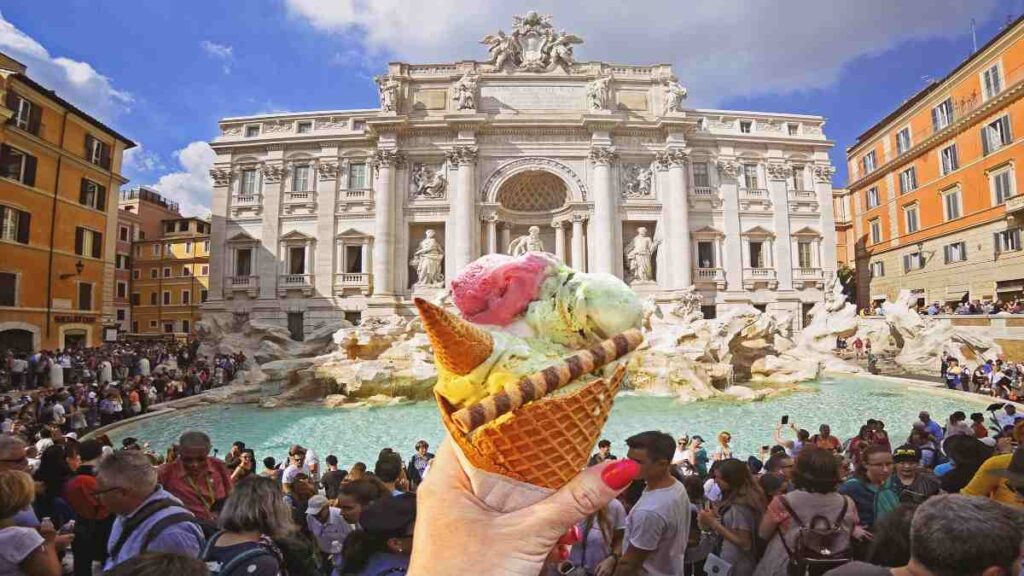
Navigating Tourist spots in Rome Italy: Practical Tips
Strategic planning maximizes enjoyment while minimizing common frustrations that can diminish travel experiences in this popular destination that attracts millions annually. My multiple visits taught valuable lessons about timing, transportation, and preparation that significantly improve sightseeing efficiency and overall satisfaction. Comfortable walking shoes represent the single most important packing decision for successfully exploring Rome’s cobblestone streets and ancient monuments. Meanwhile, public fountains throughout the city provide free, clean drinking water that tastes excellent while reducing plastic waste and travel expenses significantly.
Essential Travel Tips
Spring and autumn provide ideal weather conditions with moderate temperatures and reduced crowds compared to overwhelming summer tourism that diminishes experiences. My October visits offered perfect conditions for extensive exploration while avoiding the crushing crowds of July and August. Metro and bus systems connect major tourist areas efficiently, though walking often proves faster for central destinations while providing better opportunities. Therefore, my suggestion involves calculating actual usage versus pass cost to determine whether purchasing represents genuine value for individual travel patterns.
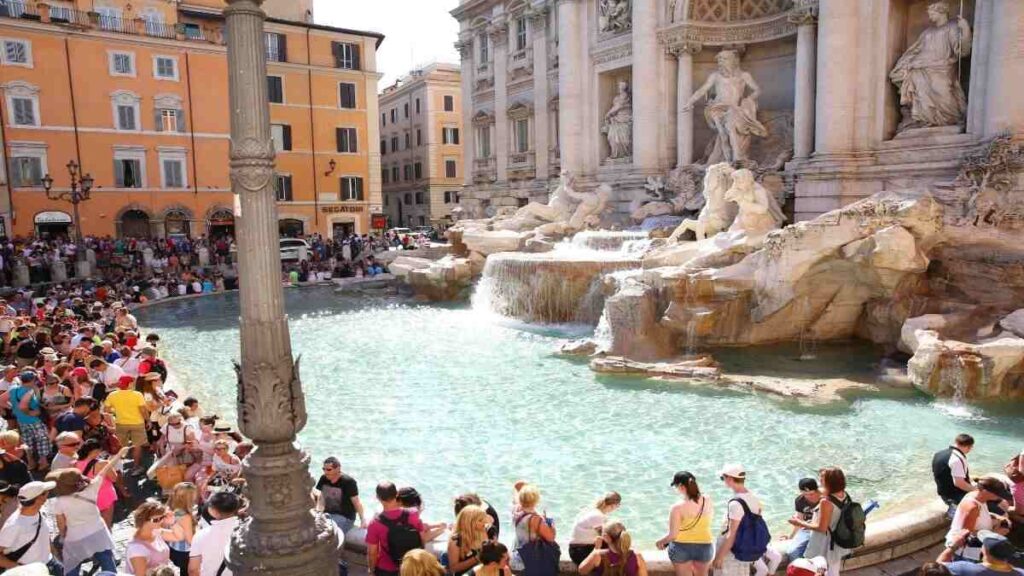
FAQs About Rome
Where Do Locals Visit in Rome?
Romans gather naturally in the city’s historic squares. Piazza Navona, Piazza del Popolo, and Piazza di Spagna attract locals and visitors alike. For evening socializing, Testaccio and San Lorenzo districts offer authentic nightlife away from tourist areas.
What Part of Rome is Coolest?
Trastevere earns its reputation as Rome’s most artistic and vibrant quarter. Its creative atmosphere partly stems from two American colleges located within its boundaries. The district offers countless dining and drinking establishments, with lively nightlife that continues until early morning hours.
Are Tourist Spots in Rome Italy Walkable?
Rome’s historic centre proves surprisingly compact, with many major sights located within reasonable walking distance. Most famous attractions cluster together in the old town, making foot exploration practical and rewarding. For destinations further afield, the city’s public transportation system provides convenient connections.

